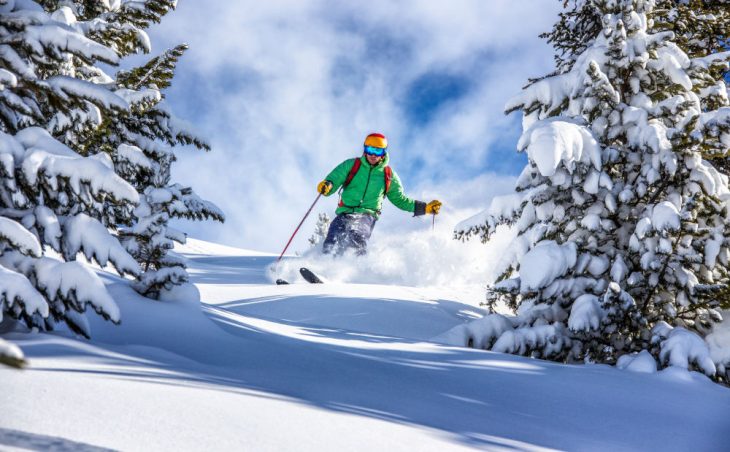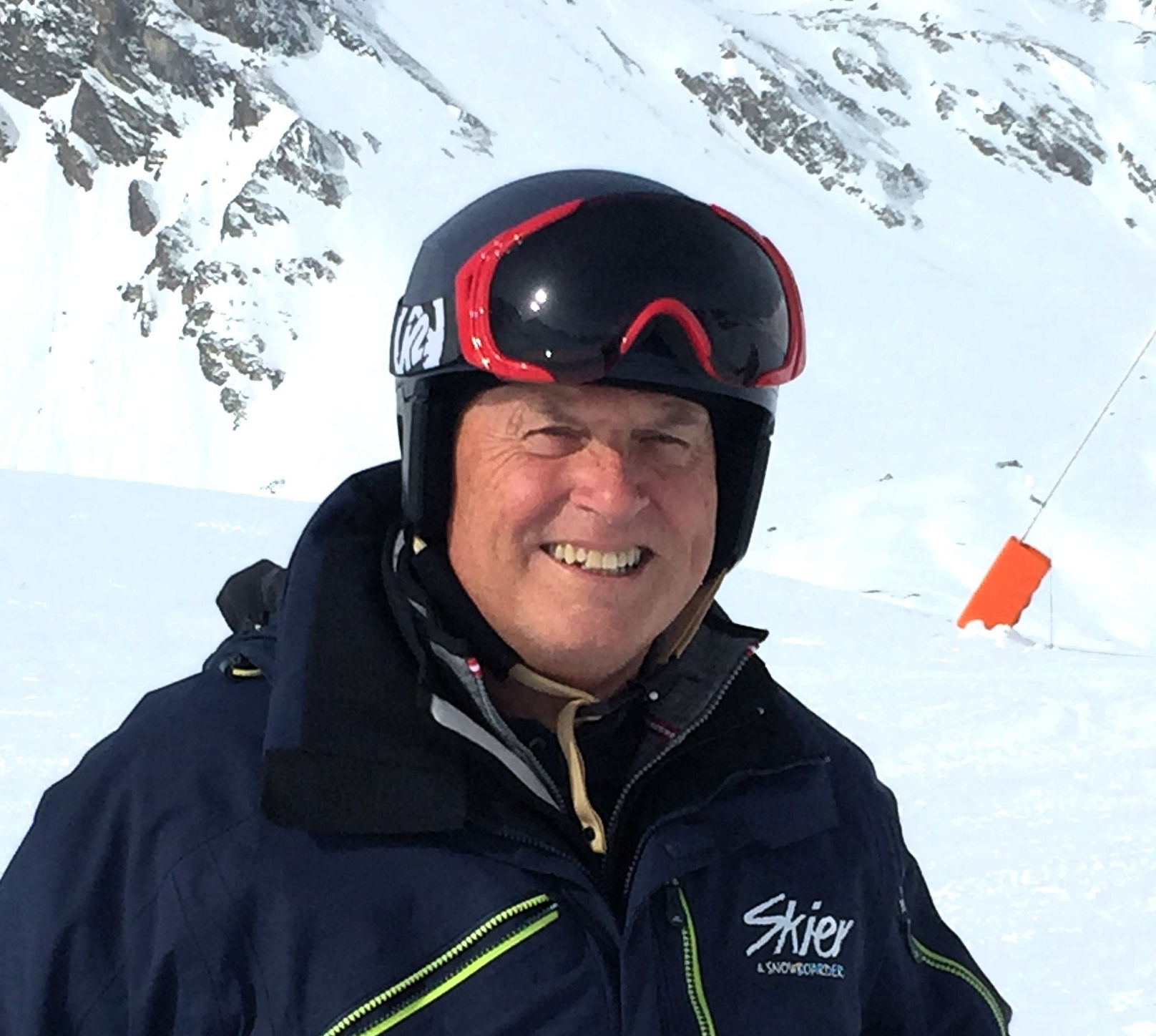Ski and snowboard journalists like myself are always being asked ‘Where is the best place to go skiing?’ There is no easy answer because skiing and snowboarding is not a ‘one size fits all’ activity.
Choosing the right destination depends on several different factors. Here are some tips to help you make the right choice and the ski areas mentioned are intended to give you an idea of the type of resort you should be considering as there are hundreds to choose from, all with their own character.
Skill level
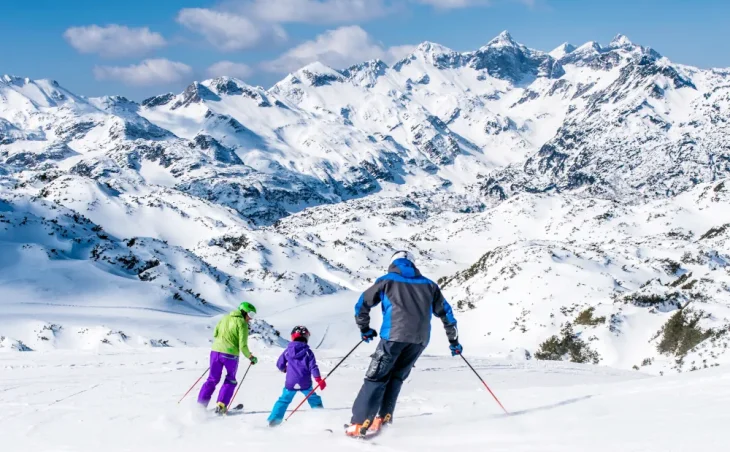
If you and/or your travelling companions are expert skiers and snowboarders, look for destinations that offer plenty of challenging runs or off-piste opportunities. Popular resorts such as Chamonix in France, St Anton in Austria, and Verbier in Switzerland are three good examples of places that have plenty of this type of terrain.
Alternatively, you may want to experience the thrill of heli-skiing in Italy, Switzerland, or further afield in North America. If you prefer to stay closer to the ground, you can reach similar ‘off the beaten track’ terrain by booking up for cat skiing.
However, most families or groups of friends usually include a mixture of abilities, or you may prefer to simply ‘cruise the blues’ while taking in the scenery. The vast majority of ski areas aim to provide a range of green, blue, red and black runs. It is a good idea to study a piste map for an area to check there are ways for all the abilities on your trip to access more than just one area so you can meet up and enjoy each other’s company.
Variety of terrain
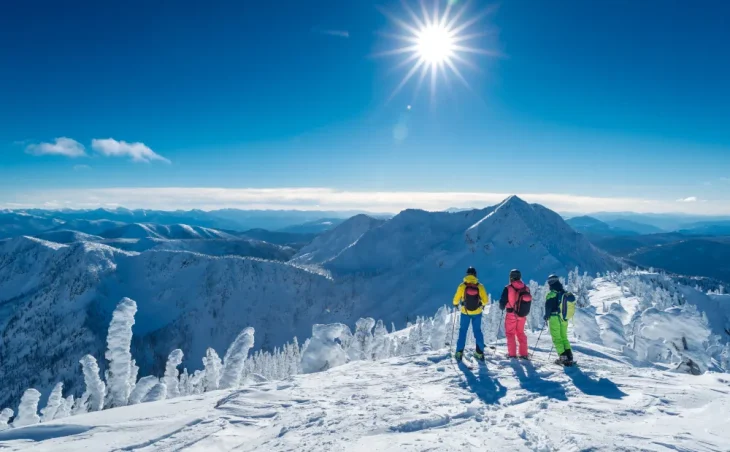
Ideally, a ski area will have a variety of groomed slopes, powder runs, off-piste terrain and snow parks to ensure that everyone in your group, regardless of their skill level, can find places to get maximum enjoyment from their ski and snowboard holiday.
Europe offers some enormous ski areas where several villages with enough pistes and activities to keep everybody happy are linked by lifts. Examples of these include The Three Valleys in France, the Portes du Soleil which straddles the French/Swiss border, the Saalbach-Hinterglemm-Leogang-Fieberbrunn Skicircus in Austria, and the Sella Ronda in Italy.
These large, linked areas offer an enormous choice of pistes but their size also means lift passes will be more expensive than some smaller areas.
Therefore, you may prefer to choose somewhere like Les Deux Alpes in France where the modern lift system enables beginners and intermediates to get right to the top of the resort at 3,600m to admire the spectacular views.
They can then ski or snowboard all the way down to the village at 1,650m on blue and green runs while more experienced skiers can enjoy the red and black runs that join back up with the main spine making it an attractive and less expensive choice for a mixed ability group.
Snow conditions
Many resorts have installed snow-making equipment to keep pistes open when Mother Nature is slow to deliver. If you prefer to ski on more natural snow you can opt for one of the higher altitude resorts which historically are more snow-sure.
Some of these higher destinations also have their own glaciers. Examples include Tignes, Les Deux Alpes and Alpe d’Huez in France, Kaprun in Austria, Zermatt in Switzerland, and Passo Tonale in Italy. While traditional ski resorts rely solely on natural snowfall and artificial snowmaking, glaciers provide a more consistent and prolonged skiing and snowboarding season. Plus, ski resorts with glaciers often have panoramic views and high-altitude landscapes that add to the appeal of the overall experience.
When conditions are good in Europe the opportunities for powder skiing are excellent but if you want a better guarantee of finding deep powder conditions you may want to head further afield to Canada, America or Japan.
The Rocky Mountains in North America, and Canadian ski areas in British Columbia and Alberta, are renowned for their consistent and abundant light, dry powder, which is often referred to as ‘champagne powder’.
Japan, particularly the northern island of Hokkaido, also has a growing reputation among powder skiing and snowboarding aficionados. The consistency and quality of this snow provides a unique powder skiing experience, often likened to floating through clouds.
Other activities
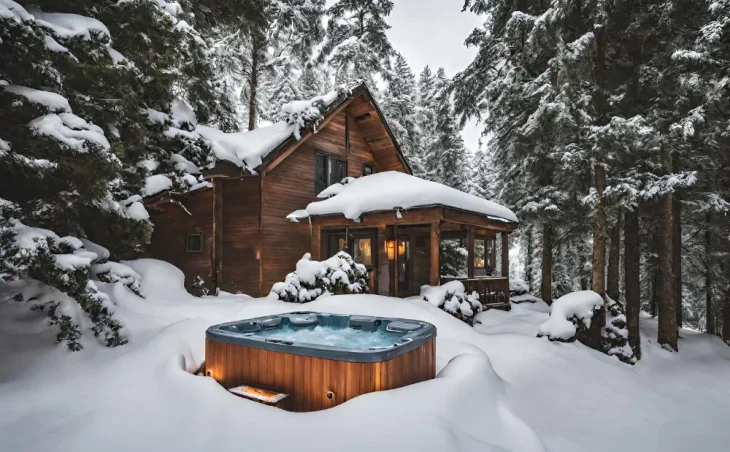
There is no doubt that when Brits visit a resort the one over-riding desire is to go skiing and snowboarding, but some family or group members may want to take a break from sliding downhill. Bad weather conditions may also force lifts to close temporarily.
Therefore, it’s a good idea to have the option of alternative attractions in a resort. These can include activities such as snowshoeing, cross-country skiing, hiking, snowmobiling, ice skating, ice climbing, tubing, and horse-drawn sleighs or dog sledding.
You may prefer to unwind with some rest and relaxation by taking advantage of spa and wellness facilities or a swimming pool. As well as the usual massage, hot tubs and other spa and wellness treatments some resorts offer more eccentric experiences such as flotation chambers and hot mud massages. Choosing a resort with something like this can create an even more memorable experience.
Après ski and atmosphere
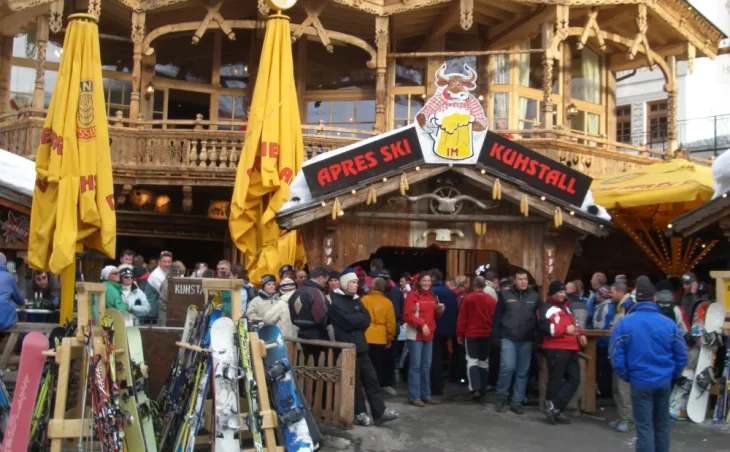
What you will find off the slopes as well as on them should be one of your priorities when choosing a ski resort. For example, if you like lively après ski, places like Ischgl and St Anton in Austria have enviable reputations for this type of entertainment.
If you prefer the serenity and tranquillity of a snow-covered mountain environment, a smaller more traditional ski village such as St Martin de Belleville in France or Seefeld in Austria, for example, will suit you better.
All resorts organise a full calendar of events throughout the season ranging from traditional festivals to live music concerts. You may want to combine your trip with one of these – or make sure you avoid them! Check what’s happening by going to the resort website before making your choice of destination.
Foodie heaven
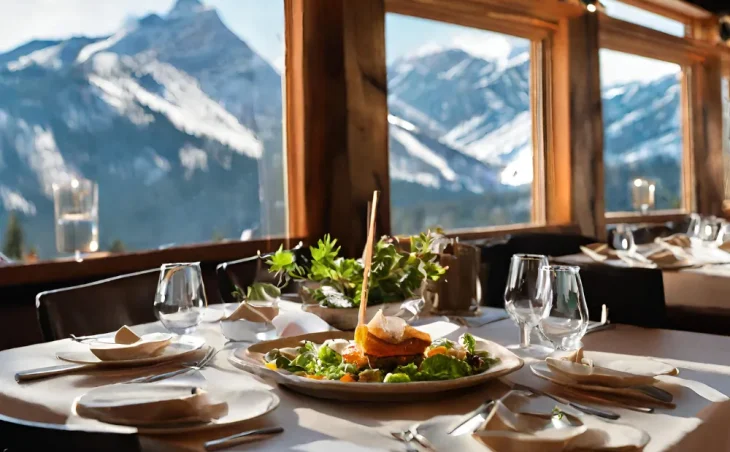
Food, particularly traditional dishes such as fondue and raclette, has always been an essential attraction in ski resorts. More recently, skiers and snowboarders who want to combine their annual ski trip with some culinary delights will find Michelin-star restaurants in all the popular destinations.
Some examples include Le 1947 at Cheval Blanc in Courchevel, France; Ecco St Moritz in Switzerland; Restaurant Tennerhof in Kitzbühel, Austria; Tivoli Restaurant at Cristallo in Cortina d’Ampezzo, Italy; Element 47 at The Little Nell in Apsen, USA.
More considerations
Establish a budget for your skiing trip. Consider not only the cost of accommodation and lift tickets but also expenses for meals, equipment rental, and other activities. Skiing and snowboarding are often seen as an expensive pastime but there are many cheaper alternatives such as self-catering and ski drive options.
Alternatively, look at one of the many all-inclusive options on offer as the all-in-one price for everything means you know exactly how much your trip is going to cost.
Consider the amenities offered by the resort. Is there accommodation close to the lifts or do you need some form of transport? If so, is there a free shuttle bus for getting around the village? If members of your group need instruction, guiding and equipment, is there a choice of ski schools and rental stores.
If you’re planning a family skiing trip, look for resorts with ski in/ski out accommodations and family-friendly amenities, such as ski schools for children, childcare services, and beginner-friendly slopes. Some resorts even offer free lifts on the beginner slopes where people can practice before heading further up the mountain.
This type of information is available on a resort’s website but the specialists at Ski Line can give you an independent and unprejudiced view. Give them a wishlist of everything you need for your trip, plus a budget, and they can recommend the best destinations to suit your needs whether you are a couple, a family or a group of skiers and snowboarders.
Choosing The Best Place For A Ski Holiday: A Summary
This ski and snowboard journalist explains the complexity of finding the perfect ski destination. There’s no universal answer as preferences vary among individuals or groups. Expert skiers might seek challenging terrains like those in Chamonix or Verbier, while families may opt for resorts offering a mix of beginner-friendly slopes alongside more advanced runs, such as Les Deux Alpes. Larger linked areas like The Three Valleys offer extensive choices but pricier passes, while higher altitude resorts like Tignes ensure snow reliability. Powder enthusiasts might consider North America or Japan for consistently deep snow. Beyond slopes, diverse activities from spa treatments to dog sledding influence resort choices. Factors like après-ski scenes, culinary experiences, budget considerations, and resort amenities play pivotal roles, emphasizing the need for tailored advice from specialists like Ski Line to pinpoint the ideal destination meeting specific preferences and requirements.
Chat with our experts
For more tips when booking your next ski holiday, call our expert sales team on:
020 8313 3999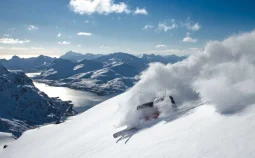 All Ski Deals
All Ski Deals